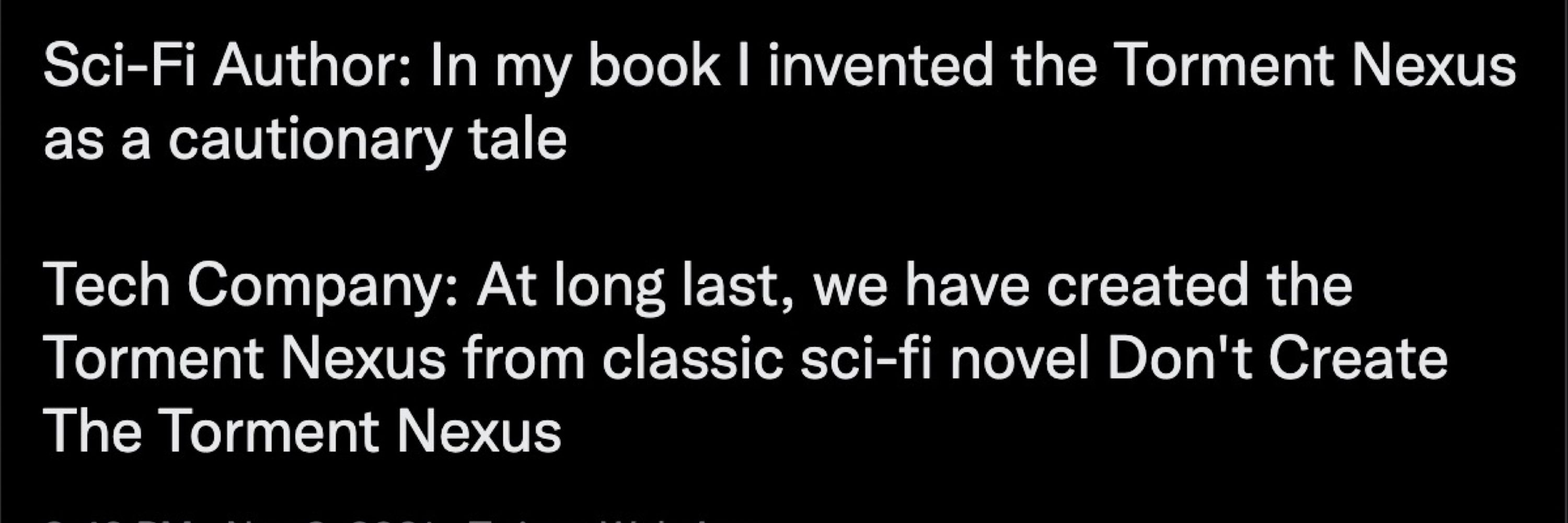hal
@harold.bsky.social
180 followers
160 following
48 posts
part-time poster | researching privacy in/and/of public data @ cornell tech and wikimedia | writing for joinreboot.org
Posts
Media
Videos
Starter Packs
Reposted by hal
hal
@harold.bsky.social
· May 16
hal
@harold.bsky.social
· May 16
hal
@harold.bsky.social
· May 8
hal
@harold.bsky.social
· Mar 24

Attorney General Bonta Urgently Issues Consumer Alert for 23andMe Customers
Californians have the right to direct the company to delete their genetic data OAKLAND — California Attorney General Rob Bonta today issued a consumer alert to customers of 23andMe, a genetic testing ...
oag.ca.gov
hal
@harold.bsky.social
· Mar 18











